
views
- To do mindful meditation, find a quiet, distraction-free place, and sit in a comfortable position.
- Focus on the present moment and direct your attention to the flow of your breath. Breathe in and out slowly and deeply.
- Let any thoughts or emotions that come up pass without judgment. If you feel your mind wandering, gently bring your attention back to your breath.
How to Perform Mindfulness Meditation

Select a quiet, peaceful location. Try to pick a distraction-free place where you won’t be interrupted. It can be a quiet room in your home, or a serene spot next to a tree outside. Choose a place that feels relaxing and calm, where you can detach from the hum of everyday life. If you’re planning on making meditation a regular part of your routine, you might want to create a designated meditation space in your home. Place meditation cushions in the area, so that you have a comfortable place to sit when you meditate. Create an extra peaceful vibe by placing candles and healing crystals around. You can also include a vase of fresh flowers, or pictures of beautiful places.

Dedicate 5-20 minutes to your practice. If you’re new to meditation, ease your way into the practice. Start with short sessions, like 5 minutes, and work your way up to 20-minute sessions. Try setting a timer, so that you won’t be tempted to check the time during your meditation and break your focus. Make sure the alarm sound is something gentle, like wind chimes or piano music, rather than a loud buzzer. This will help you maintain a peaceful state after your meditation is over.

Choose a comfortable position. While many people meditate in lotus position (sitting with your legs crossed), there’s more than one way to meditate. You can stand, sit on the floor or in a chair, or even lie down. Experiment with different positions to find what feels natural to you. You’ll be stationary for several minutes, so it’s important to feel relaxed and at ease in whichever position you pick! While lying down is quite comfortable, make sure you don’t fall asleep! It’s quite common to begin meditation and then float off into dreamland. To further ensure your comfort, make sure the temperature isn’t too hot or too cold in the room, and wear comfortable clothing that won’t bother or distract you.
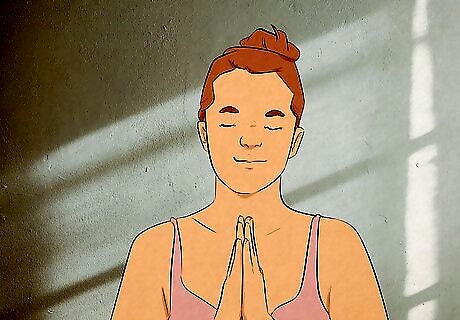
Settle your mind and focus on the present moment. When you’re ready to start meditating, close your eyes, and try to clear your mind of any distractions. It may take some time to detach from all the things going on in your life, and you may feel your emotions stirring. All of this is okay! Just do your best to redirect your focus to the present moment when you feel your mind wandering. As you meditate, remind yourself that you have control over the thoughts and emotions you choose to engage with. If negative thoughts or emotions come up, simply let them pass without judgment.

Direct your attention to the flow of your breath. Notice each inhalation and exhalation, focusing on breathing deeply and slowly. Feel how each breath flows in and out of your body, filling your lungs, and then releasing through your mouth. Any time you get distracted by noises, thoughts, or emotions, try to bring your attention back to your inhalations and exhalations. Don’t beat yourself up if your attention wanders—this will just interfere with your focus further. When distractions come up, simply let them pass without judgment, and repeatedly draw your attention back to your breath. Remember, meditation isn’t a performance, and you aren’t being graded. Just do the best you can, and with time, it will get easier!
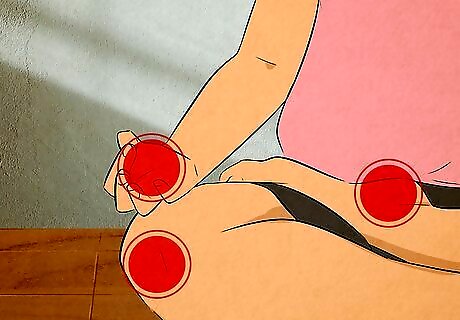
Focus on your bodily sensations to stay in the present. While your mind might jump to the future or look back to the past, your body is always in the present. Because of this, it can be helpful to bring your attention to what you’re feeling in your body, down to the most minute sensations, if you find your mind wandering. Scan your body, taking time to focus your attention on each individual body part and how it feels. You might start at your feet, for example, and work your way up to your head. Are you feeling pain anywhere? Heat or warmth? Coldness? Pay close attention to each of these details. This will increase your awareness of the present, which is one of the main goals of mindfulness.

Practice mindful meditation regularly. For the most benefit, make mindfulness a daily practice in your life. Do it every morning to set the tone for the day, or practice in the evenings to wind down before bed.
What is mindfulness, and what are its benefits?

Mindfulness means being deeply aware of the present moment. It involves paying close attention to your surroundings, bodily sensations, thoughts, and feelings, and accepting them all without judgment. A mindful lifestyle often includes practices like meditation, yoga, mindful eating, and journaling.

Mindfulness has both physical and mental benefits. In general, mindfulness promotes a positive, peaceful, and compassionate mindset. Studies have also shown that it can reduce negative emotions and stress, and it can aid in the management of depression, PTSD, and addiction. It’s also associated with improved sleep quality, and it may even boost your immune system! Mindful meditation, in particular, can aid in the management of high blood pressure, heart disease, asthma, anxiety, and depression. The practice of mindful eating can also be helpful for weight management and promoting a healthy body image.
Mindfulness Exercises

Eat mindfully. Practicing mindful eating means slowing down and becoming deeply aware of the entire experience of consuming food. It involves paying close attention to how your body feels before, during, and after the meal, while also paying attention to how the food looks, tastes, and smells. For example, if you were practicing mindful eating with an apple, you would: First, make sure you are fully present. Mindful eating involves focusing fully on the meal, without distractions like scrolling on your phone or watching a show. Hold the apple and look at it, observing the form, texture, color, and weight of it. Feel the apple in your hands, or perhaps against your lips. Bring it closer to your face and spend a few seconds smelling it. Notice any physical responses, such as salivating or an increased desire to taste it. Finally, take a bite of the apple, noticing how it tastes, what it feels like to chew it. Make sure to eat slowly, savoring each bite. When you’ve finished, draw your attention to your physical sensations. Do you feel fuller and more satiated? Finally, express gratitude for the apple and the nutrition it supplies to your body.

Practice mindful walking. If you’re looking for a way to incorporate both mindfulness and physical activity into your routine, try out a walking meditation. First, find a peaceful and quiet place to take your walk. As you walk, feel your muscles move, bend, and stretch. Slow your pace, so you can focus on your movements and the sensation of your feet touching and leaving the ground. Doing a walking meditation barefoot can heighten the experience and allow you to feel many more sensations, such as the texture and the temperature of the ground, as well.

Practice yoga. Doing yoga is another great option if you’re looking to incorporate both mindfulness and physical activity into your schedule. Doing yoga poses requires balance, focus, and controlled breathing. This helps you maintain an intense awareness of your bodily sensations and stay in the present moment, which are main components of mindfulness. Yoga is associated with tons of benefits, from increased strength and flexibility to reduced physical pain. It can also help you manage stress and sleep better.
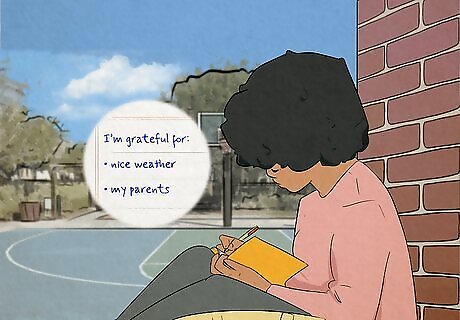
Keep a gratitude journal. Making a gratitude list or starting a gratitude journal are great ways to expand your mindfulness practice. First find a quiet place to reflect. Try to write down 3-10 things you’re grateful for, and why you’re grateful for them. Be specific and detailed, and try to focus on people or experiences, rather than material things. Repeat this process once or twice per week, or however often you feel the desire to! Practicing gratitude can increase self-esteem and empathy, improve mood and sleep quality, and reduce stress levels.
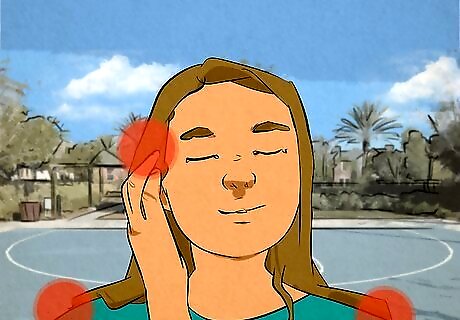
Focus on sensations throughout the day. Instead of tuning out your surroundings, work on tuning into them. Open your eyes and take everything in, noticing movement, colors, smells and sounds. Pay attention to how your body feels, down to the most minute sensation. This can help you to be more in tune with your body, and it can also create little moments of mindfulness to reset your focus, no matter where you are! Body scanning is a great exercise to increase your awareness of how you’re feeling physically. It involves bringing your attention to each part of your body, focusing intensely on how each individual area feels. Start from your toes and work your way up to the top of your head.
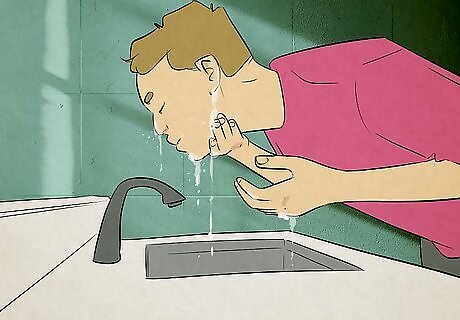
Make daily tasks mindful. You can brush your teeth mindfully by tasting the toothpaste, feeling the bristles of the toothbrush, and feeling the motion of your hand. Even driving to work can be mindful: notice how you feel in the car, the way your body conforms to the seat, and observe the thoughts and emotions that you're experiencing. Whenever you do a mindfulness practice, remember the most important part is being present. Come back to your breath and observe your thoughts and feelings without questioning or judging them.

















Comments
0 comment